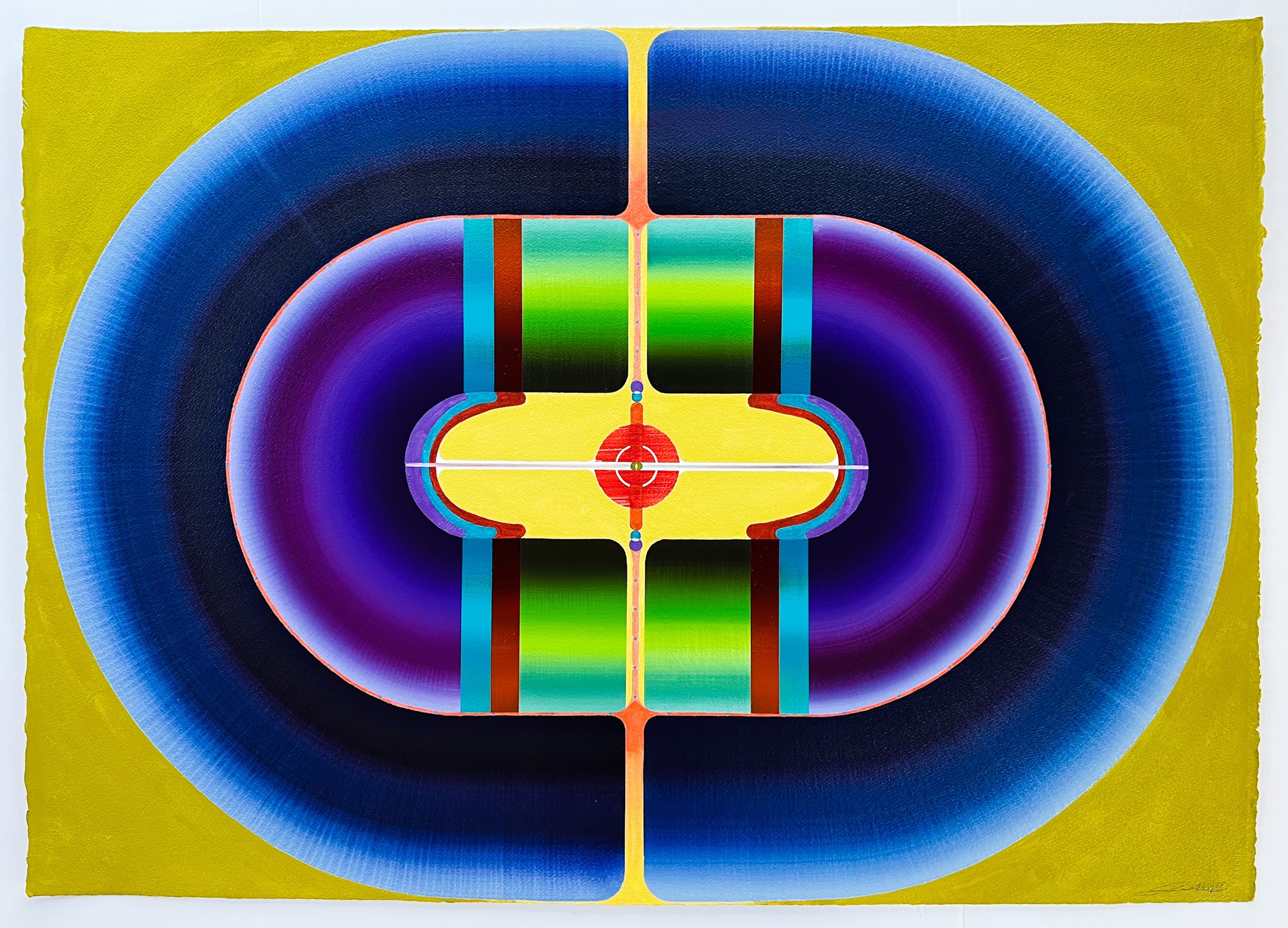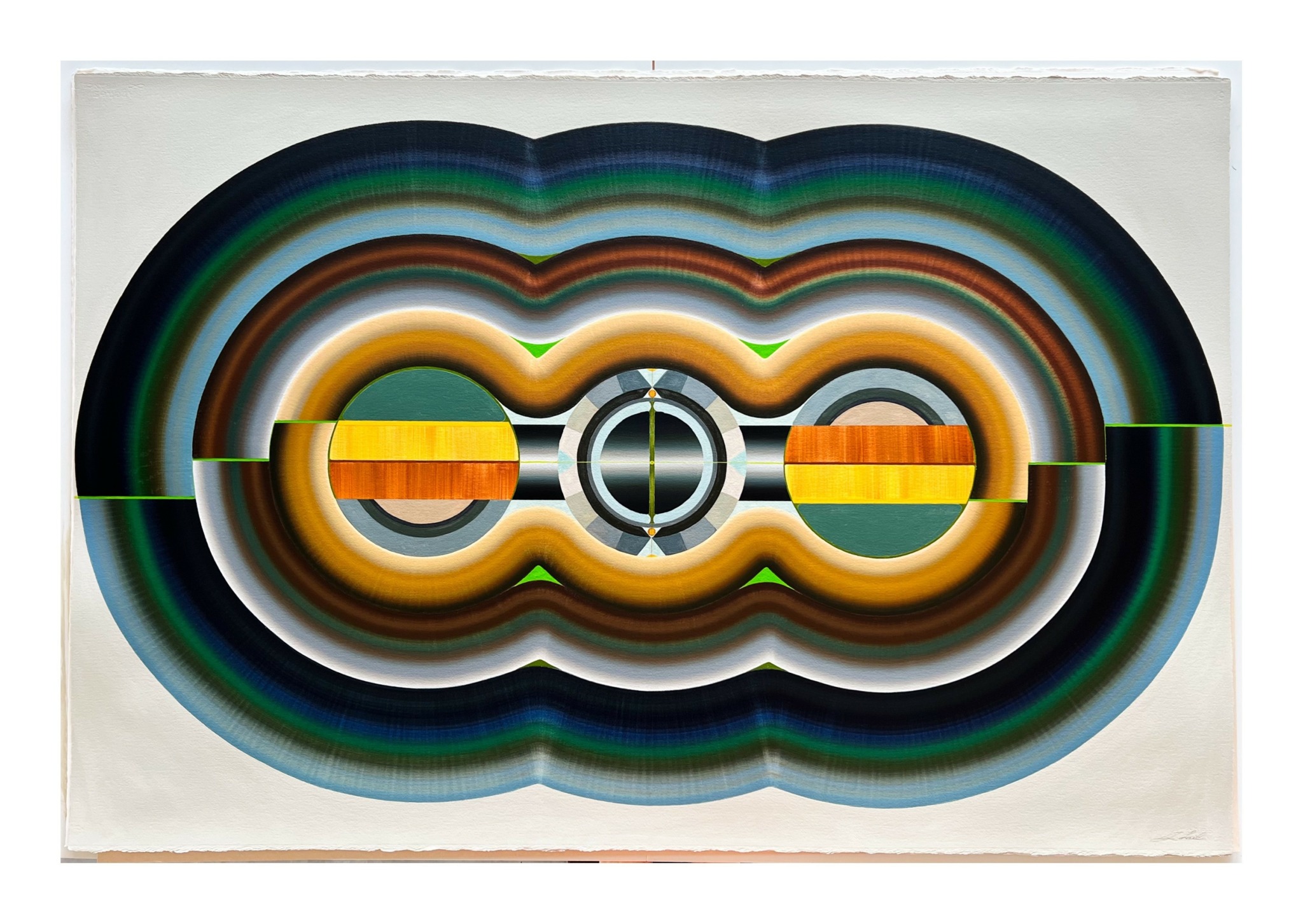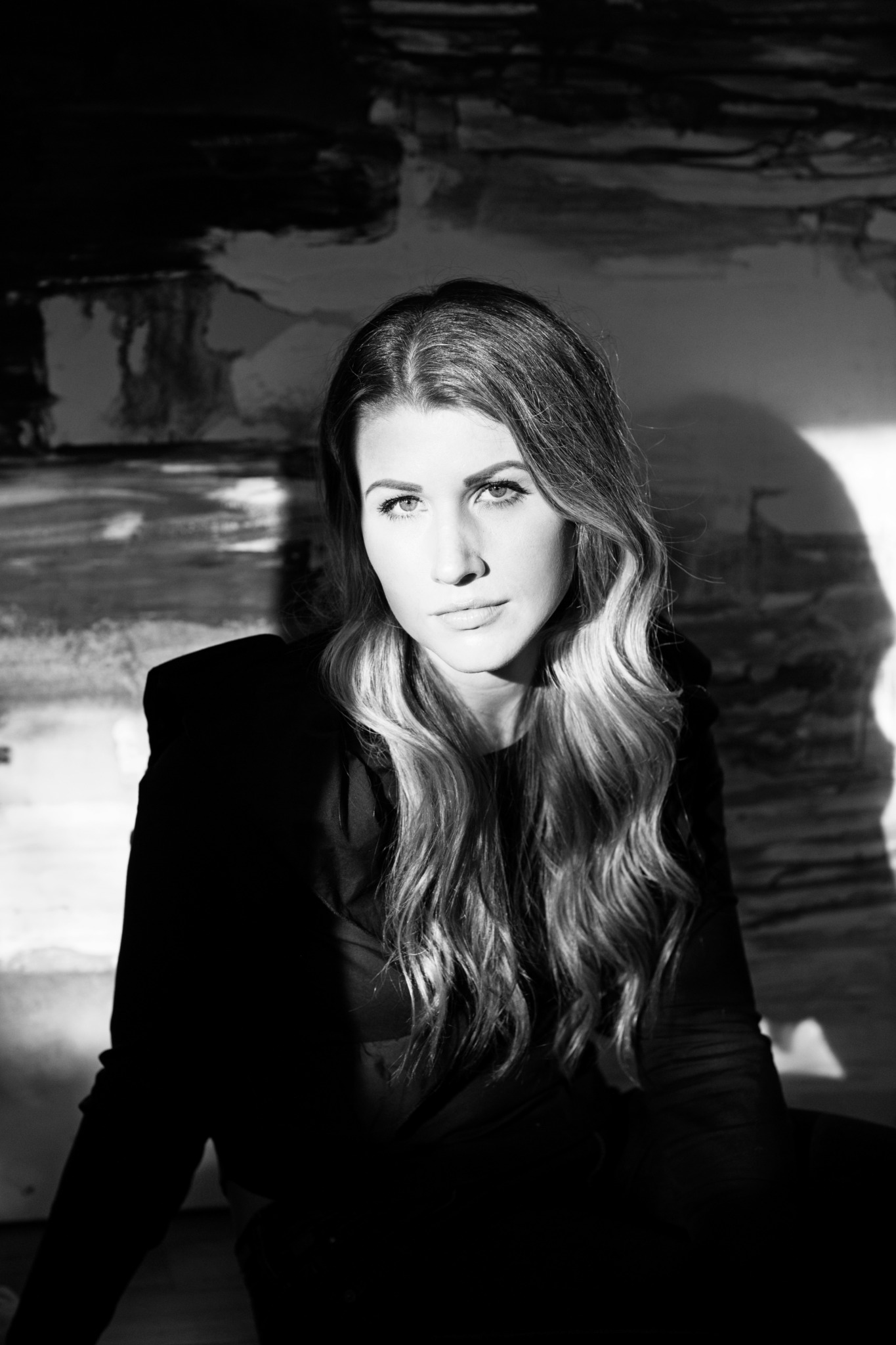Alright – so today we’ve got the honor of introducing you to Jennifer Lail. We think you’ll enjoy our conversation, we’ve shared it below.
Hi Jennifer, thanks for joining us today. Learning the craft is often a unique journey from every creative – we’d love to hear about your journey and if knowing what you know now, you would have done anything differently to speed up the learning process.
As a creative, going to art school to learn the essentials was a great start. I worked exclusively in oil paint up until my senior year. It was in portfolio class that I was introduced to watercolor, which is now my predominant medium. At first, I played with watercolor the way anyone does when they’re just starting out. It’s loose, fun, and washy but not nearly as forgiving as oil. It wasn’t until about ten years after graduation that I really started pushing the medium past its traditional intentions, exploring it in ways that made it look and act like something other than watercolor.
I don’t feel like speeding up the process is part of the artistic journey. In fact, I believe that leaning into the time, energy, and hours is exactly what makes your work look different from anyone else’s. It’s about spending time with your medium, leaning into your message, and not trying to mimic other artists. The depth and uniqueness come from that investment of time.
The skill that becomes most invaluable as a creative is patience. Patience with yourself, with the materials you’re working with, with art advisors and galleries. You need patience knowing that this is a marathon, not a race, and that the timing of everything will work out in the end. The main obstacle in my learning journey was probably the temptation to rush or compare career paths. Learning to embrace the slow evolution of my style and trust the process took time, but it was essential to developing my unique voice as an artist.

Great, appreciate you sharing that with us. Before we ask you to share more of your insights, can you take a moment to introduce yourself and how you got to where you are today to our readers.
My name is Jennifer Lail, and I am an artist based in Jacksonville Beach, Florida. I received my Bachelor of Fine Arts degree with a focus in painting and drawing from the University of North Florida in 2010. Upon graduation, I entered an artist residency program within a children’s hospital, and I was very fortunate to be hired by Art with a Heart in Healthcare shortly thereafter.
This experience was pivotal in shaping the way I view art and its capacity for transformation. It revealed what would become the central focus of my creative career, creating art for healing and restoration. My work follows my meditation practice, and each painting is created with the intention of harmony, light, and healing.
I primarily work in watercolor on paper, though I also explore handmade pigments and gouache paint on linen. My work is geometrically abstract, drawing on the intersection of spiritual practice and visual expression.

Learning and unlearning are both critical parts of growth – can you share a story of a time when you had to unlearn a lesson?
A lesson I continue to work with is my definition of success. When I graduated, I had a list of galleries and curators that I dreamed of working with. As doors opened and closed throughout time, I’ve had to continually redefine what I view as success. My younger self would have considered a solo exhibition at the Guggenheim or being represented by Pace Gallery success. However, as I have evolved into my practice and career, my definition has changed. Success for me, now means that I get to call this my career, creating work, and providing for myself and my family.

In your view, what can society to do to best support artists, creatives and a thriving creative ecosystem?
In my view, society needs art and artists now more than ever. Supporting us doesn’t require collecting an extremely expensive piece. Practicing artists typically offer multiple avenues for engagement at various price points including merchandise, workshops, catalogs, prints, and smaller works that make art accessible to everyone. But support extends far beyond purchasing. Simply showing up to art exhibitions and shows creates a ripple effect that benefits not just the artist, but our entire community. When we gather to look at and discuss art, we’re doing something clinically proven to improve mental health. We’re connecting with one another in meaningful ways, building the social fabric that holds our society together.
As our world moves into the digital realm, I think it’s crucial to emphasize this: artwork does not translate through your screen. Art is meant to be experienced in person, to be talked about, to be in communion with. There’s something irreplaceable about the physical presence of a work, the texture, the scale, the way light interacts with pigment. These are experiences that feed the human spirit in ways a screen simply cannot replicate.
Contact Info:
- Website: https://www.jenniferlail.com
- Instagram: @jenniferlail



